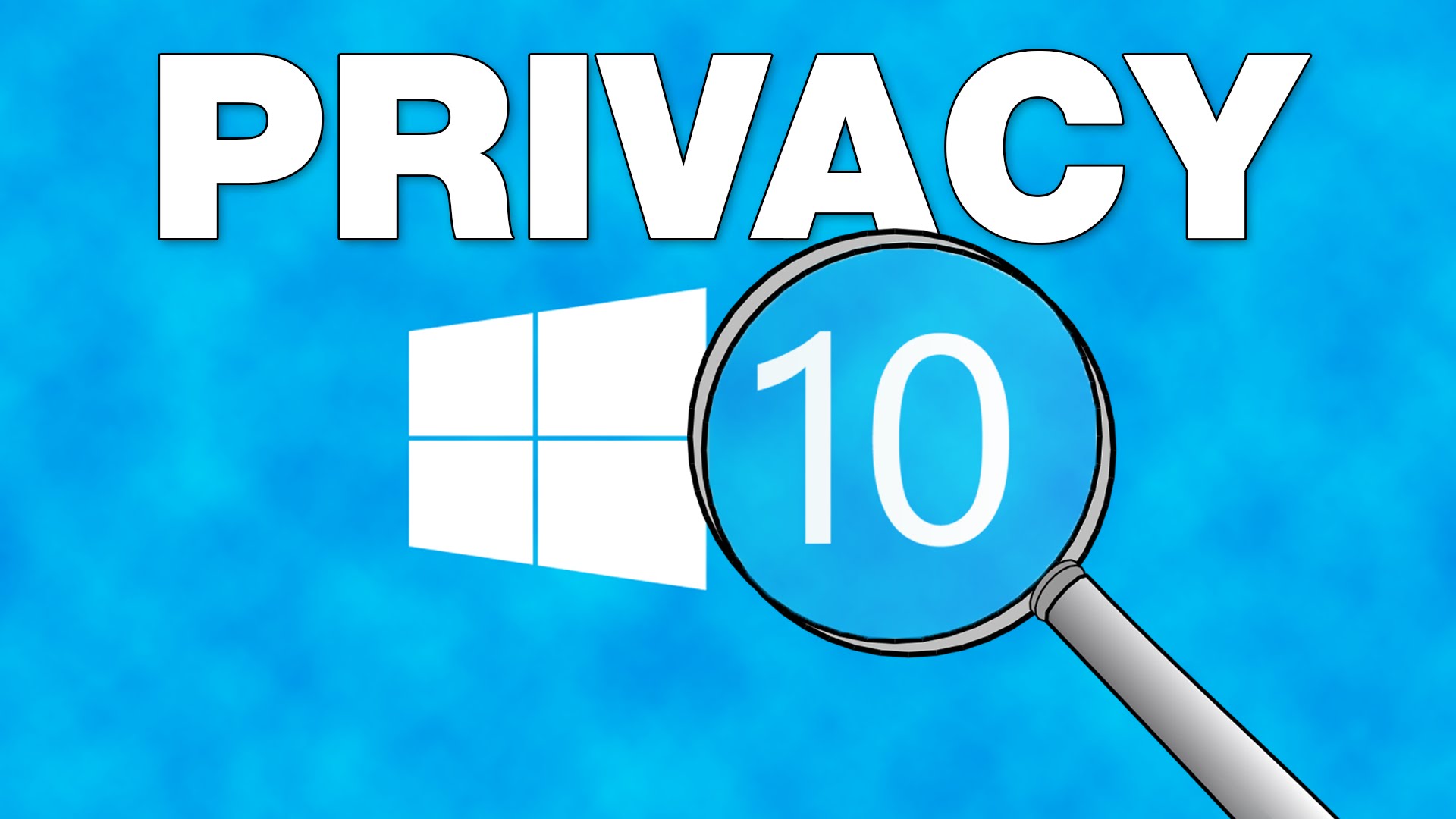Securing yourself from cyber threats
Privacy takes a very important place amongst network users today, and with the number of cyber-attacks mounting, you cannot blame them from looking for precautions. The best solution is using a Virtual Private Network or VPN.
VPNs explained
A collection of servers, to which you connect to over your network is a VPN where once connected it appears as if you have localized with the servers, thus it looks like you have shifted from your actual location. A great feature is that all the information moving in and out through the VPN is encrypted, making it inaccessible to another party.
Even when you are using a public Wi-Fi network such as at a restaurant, sensitive information such as account login information and credit/debit card details can be protected using VPNs. This gives you a great level of security in the case when you need to work while on the move or out in the field.
In the case when you have government-imposed restrictions on visiting certain sites, using a VPN enables you to gain access to these sites safely.
Selecting a VPN
Some VPNs are free to use and while some require payments. The free ones may have their own risks, as some keep track of your network activity and may misuse them. Also, free VPNs might not be ad-free and you might find annoying ads popping up from time to time.
In comparison, paid VPNs offer a better service through better security, as they do not log your activity and come with much better features to ensure safer use. Also, you won’t see any annoying ads, prompting you to visit their sites.
When accessing a geo-restricted site, the VPN service provider needs to have servers in the region or country where the site is blocked. Also, you need to find out how much browsing data you are allocated and whether it is enough. Check the compatibility of the VPN service with different devices such as smartphones, laptops, and tablets as you might want to work through these devices, depending on the situation.
After selecting a suitable VPN service, do this final security check. Enter the VPN’s free trial and check if your IP address is being leaked through https://ipleak.net/. If your physical location is discovered, the VPN is not reliable, and you need to find another VPN service.
VPNs play a vital role in protecting businesses from cyber-attacks and if you need any help regarding how to keep your business safe, feel free to contact us.



























